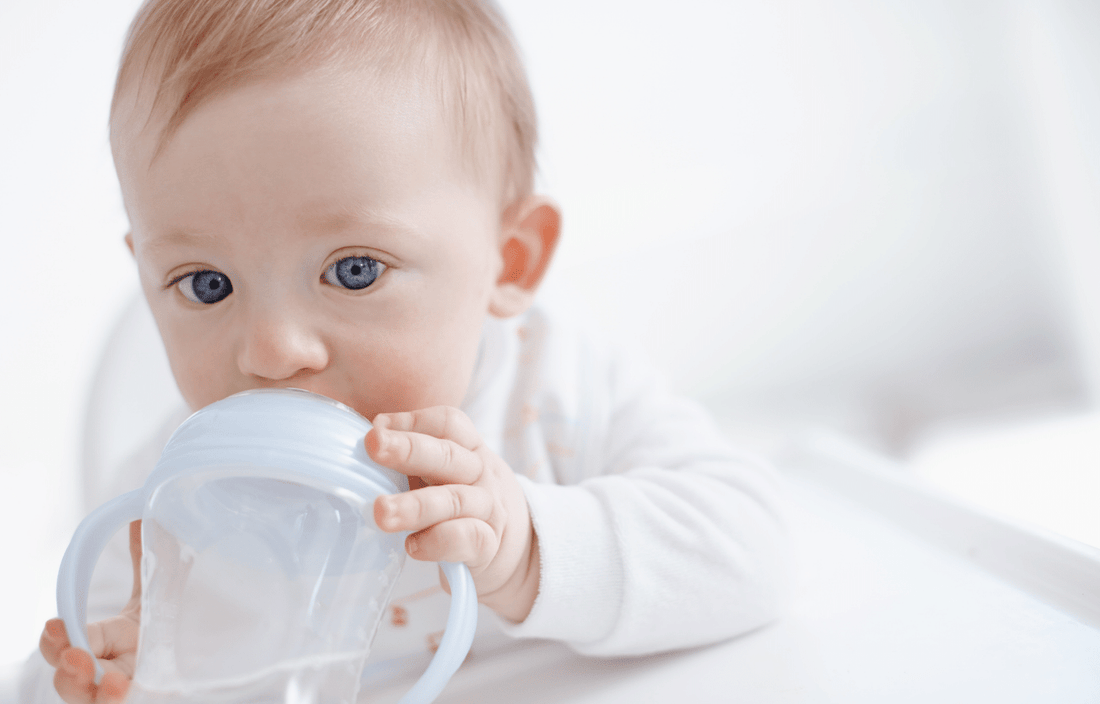
How to Prevent Injuries from Sippy Cup Use
Share
Baby bottles, pacifiers and sippy cups are extremely popular. Basically every baby uses them at some point. However unknown to many parents, an average of 2,270 cases each year where child was hurt while using bottles, pacifiers or sippy cups. This was based on a study of 45,398 children under age 3 between 1991 and 2010 published in the journal "Pediatrics".

In most of the cases, 86 percent of the injuries was when kids fell with the object. Bottles were involved in nearly two-thirds of the injuries, while pacifiers accounted for about a fifth and sippy cups around 14 percent. Approximately 70 percent of the accidents resulted in cuts, and about 70 percent were hurt on or near their mouths, the study found.
Contrary to what many think, these injuries aren't caused by faulty products, poisoning or choking hazards. Rather, injuries are the kind that occur when a child is moving around the home while drinking from a bottle or cup or sucking on a pacifier, shared Dr. Sarah A. Keim - the principal researcher for the center for behavioral health at Nationwide Children’s Hospital in Columbus, Ohio.

So, what are some of the dangers to be aware of while using sippy cups and toddler water bottle?
Risks Associated with Sippy Cup Use
-
Mold: Due to constant moisture from the mouth, or food remnants that get trapped in the spout, straw, or valve, it is common for mold or mildew to form in the cup. If they are not thoroughly clean after each use, mold can develop and they will cause your child to fall sick.
-
Mouth injury: As highlighted earlier, most of these injuries occur when a child falls while using their sippy, and that’s why children should not be drinking while running, climbing or even jumping. To play safe, inculcate the habit of seating while eating and drinking from young.
-
Improper development: Constantly sipping on a rigid spout can change the way a child’s oral cavity develops. Unlike breast and bottle nipples that change shape when a child suckles, rigid spout sippy cups do not. This may causing their mouth to develop improperly, which can impact a child’s speech development, increase the need for orthodontia, and even affect their quality of sleep and facial aesthetics in the long term.
-
Increased health risks: Prolonged sucking of sippy cups can cause tooth decay, especially if used for sugary liquids such as milk and juice. Over usage of sippy cups also builds unhealthy habits, causing a child to believe that a food source should always be available for comfort rather than only available at mealtimes.
Sippy Cup Safety Tips
So, how do we minimise these risks?
- To prevent mold and mildew growth, always clean your sippy cups thoroughly.
- Always make sure your child is seated whenever they need a break to rehydrate.
- Consider a soft spout or silicone straw to minimise fall hazard. Also, these are better for proper oral development.
- Look for products with an EN14350 standard as they are not only chemically safe, their design also passes stringent European standards.
- Limit sippy cup use to mealtimes only. This prevents them from developing poor habits around appetite regulation and eating for comfort.
